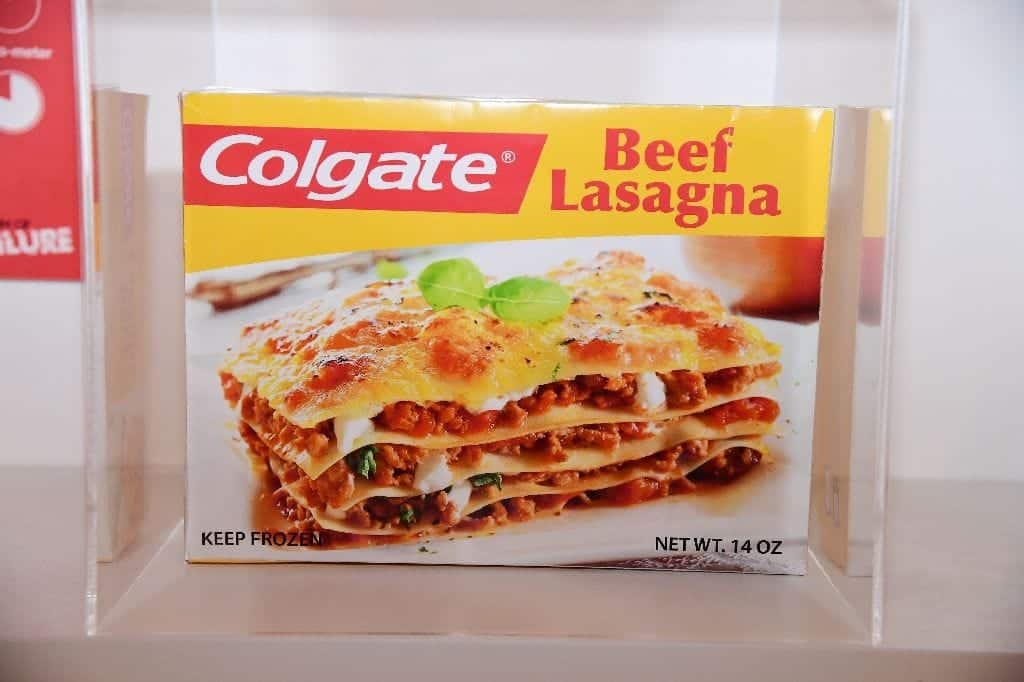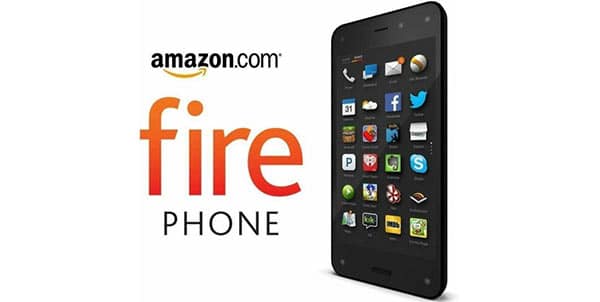Writing this, I can recall how my friend’s organic skincare brand decided to expand its product line. They had achieved significant success with their initial product range and decided to launch a series of haircare products. A well-thought-out plan, yes, but it led to brand dilution. As much as they tried, the expansion resulted in a drop in quality and affected their brand image. I didn’t know much at the time, but looking back at the story now, I can identify one or two things that went wrong in their strategy.
Today’s market has become more competitive than before, and so is the need to maintain your brand integrity. However, if you don’t understand brand dilution and the negative effects it can have on your brand image, you’ll find yourself making the same mistake my friend made. Here, I’ll some insights on how to prevent brand dilution, and just in case your brand is already facing brand dilution, I’ve shared some tips on how to recover.
Key Points
- Brand dilution happens when a brand fails to live up to customers’ expectations and, as a result, they negatively perceive the company’s value, quality and authenticity.
- Brand dilution is caused by over-extension of products, inconsistent messaging, poor quality control, rebranding mistakes, and overuse of licensing.
- You can avoid brand dilution by maintaining brand focus and consistent brand messaging, quality assurance, selective licensing and partnerships, and thoughtful rebranding
What is Brand Dilution?
Brand dilution happens when a brand fails to live up to customers’ expectations and, as a result, they negatively perceive the company’s value, quality and authenticity. However it happens, the change is usually wildly out of character for the brand or out of sync with its original brand values. As a result, customers feel confused and betrayed. Imagine Coca-Cola suddenly releasing a line of household cleaning products. Weird, isn’t it? But that’s what some brands do.
One notable example is the case of Pierre Cardin, a luxury fashion brand that once stood for exclusivity and high fashion. Over time, the brand licensed its name to a multitude of products, from frying pans to toilet seat covers. This over-licensing diluted its prestige and led to a significant loss in brand equity.
Brand dilution is really bad for a business. Research has it that brand dilution leads 51% of customers to feel confused and 49% of them to consider alternative options. This means that brand dilution can easily undo all the efforts you have put into building your brand image and authority.
Read Also: Brand Authority: How to Elevate Your Reputation and Stand Out
Brand Dilution Examples
Every extension of a brand’s product offering puts the reputation of the brand on the line. Here are some examples of extension fails that resulted in brand dilution:
#1. Colgate Kitchen Entrees

Colgate, having enjoyed some successful expansions like toothpaste, toothbrushes, dental floss, and mouthwash, decided to go a step further by introducing frozen foods like Colgate beef Lasagna, which is in an entirely different category. I really don’t understand it, but they thought that they could extend their mouth-related product range into foodstuffs. Of course, it was met with a resounding no, as it conflicted with the target customers’ perception of Colgate.
#2. Amazon Fire Phone

Amazon is a group of expanding experts that usually frame moves in a way that reinforces their value proposition – bringing unparalleled convenience and instant access at reasonable prices. However, their extension into the Amazon Fire Phone didn’t just go well with customers. They thought they could thrive in a new market based on their brand equity, but the product simply didn’t compete with other phones on the market. Customers were also confused about this new direction for Amazon. Fortunately, the brand quickly realised its mistake and withdrew from the market without causing serious damage.
#3. Cadbury’s Instant Potatoes

One would easily think that this was a can of chocolate-flavoured goodness shaped like mashed potatoes, but Cadbury really intended to enter the food market with mashed potatoes! Even though they wisely created a new brand (Smash) to distance the parent company name from the potato product, they still tied themselves to it by including their ‘Cadbury’ signature logo at the top of the packaging, which really confused the customers — including me.
#4. Crystal Pepsi

Crystal Pepsi is a transparent version of the normally brown Pepsi cola beverage. In terms of revenue, Crystal Pepsi really made sales. but just because it seemed like a neat concept, and just because people wanted to try it, doesn’t make up for the fact it tarnished Pepsi a bit. Because of how many people enjoy the main product, seeing a new colour was exciting and worth trying. After that, the product was done, and the customers just wanted to drink the regular stuff again. Fortunately, Pepsi scrapped it and went back to making their better-tasting, original cola product.
#5. Windows Phone

We can’t always explain why a brand can successfully enter a new market with one product while failing to do the same with another. That seems to be the case for Microsoft and mobile phones since they’ve successfully entered the video game world (Xbox) and tablet market (Surface) without tarnishing their name. The Windows Phone just couldn’t compete with Android and iPhone.
What Causes Brand Dilution?
Brand dilution occurs when a company attempts to develop or offer a product or service that’s outside its area of expertise. Here are some factors that can lead to it:
#1. Over-Extension
Expanding product lines can be tempting, especially when initial success creates opportunities. However, launching too many products or entering unrelated markets can dilute your brand. My friend’s skincare brand suffered because its venture into hair care led to resource stretching, impacting product quality.
#2. Inconsistent Brand Messaging
A strong brand needs a consistent voice. Mixed messages in marketing campaigns can confuse customers. For instance, if a brand known for luxury suddenly starts promoting budget-friendly options without clear differentiation, it can confuse its customers and muddle its identity.
#3. Poor Quality Control
Maintaining high product quality is non-negotiable. When a brand’s product quality drops, it disappoints customers and tarnishes the brand’s reputation. I once consulted for a tech startup that rushed its new product launch, leading to numerous defects and customer complaints.
#4. Overuse of Licensing
Licensing can be two sides of a coin. While it can provide additional revenue streams, excessive or inappropriate licensing can lead to a loss of brand uniqueness. Consider how the once-prestigious Pierre Cardin name became associated with low-quality products due to over-licensing.
#5. Rebranding Mistakes
Rebranding is great actually; it can bring life to your brand. However, making too many changes frequently can confuse your customers and make them question your core values. I recall working with a company that underwent multiple rebrandings within a few years, leaving its audience unsure about its core values and identity.
Consequences of Brand Dilution
Brand dilution has common consequences, the first being the loss of customer trust and loyalty. When customers no longer recognize or trust your brand, sales drop, and brand equity diminishes. Financial losses follow, and it becomes difficult to regain market position. Consider the case of Harley-Davidson’s failed attempt to expand into the wine cooler market in the 1980s. This venture confused their core audience and damaged their rugged, motorcycle-centric image.
How to Prevent Brand Dilution
How do you prevent brand dilution? Follow these simple steps:
#1. Maintain Brand Focus
Stick to your brand’s core values and mission. Before expanding product lines, ensure the new products align with your brand’s essence. For my friend’s skincare brand, a more careful, gradual introduction of new products within their expertise could have preserved their brand integrity. If you must introduce new products, you can do that under a new name. That way, you’ll know the customers’ reaction to it and adjust your plans accordingly.
#2. Consistent Brand Messaging
Ensure all marketing and communication strategies reflect a unified brand voice. This consistency helps customers easily recognize and connect with your brand. During my time working with a global beverage company, we meticulously aligned every campaign with the brand’s core message of joy and refreshment.
#3. Quality Assurance
Never compromise on quality. Regularly gather and act on customer feedback to maintain high standards. This was a key lesson from my consulting days with the tech startup – thorough testing and quality checks literally became our watchword.
#4. Selective Licensing and Partnerships
Choose partnerships that align with your brand values. Monitor the use of your brand by licensees to maintain quality and integrity. I’ve seen firsthand how strategic, well-aligned partnerships can enhance brand value, while careless ones can cause damage.
#5. Thoughtful Rebranding
Rebranding should be necessary and beneficial, not frequent. Engage with customers during the rebranding process to ensure they understand and support the changes. A client of mine successfully rebranded by involving their loyal customers in the process, which strengthened their brand rather than diluting it.
Recovering from Brand Dilution
If your brand has been diluted, you can still do something about it. Start by communicating openly with your customers about the steps you’re taking to regain their trust. Focus on rebuilding quality and consistency. A classic example is Burberry, which managed to restore its luxury status after years of over-licensing and brand dilution by returning to its roots and focusing on core products.
You’ll need this information to be handy, so here’s a detailed checklist for your review:
What Is Dilute Marketing?
Dilute marketing refers to a strategy where a brand’s marketing efforts are spread too thin across multiple channels, products, or messages, leading to a weakened brand identity and reduced impact. This can confuse consumers, erode brand equity, and diminish the overall effectiveness of marketing campaigns.
What Is Brand Dilution On Social Media?
Brand dilution on social media occurs when a brand’s identity becomes weakened or inconsistent due to overextension, poor-quality content, or conflicting messages. This can confuse followers, erode trust, and diminish the brand’s perceived value and authority in its market.
What Is Brand Cannibalization?
Brand cannibalization occurs when a company’s new product negatively impacts the sales of its existing products. This happens when the new product attracts customers who would have otherwise purchased the existing product, leading to a net loss in overall sales and market share.
What Is Brand Proliferation?
Brand proliferation is the strategy of increasing the number of products under a single brand name to capture a broader market segment. It involves launching various product lines or variations to meet diverse consumer needs, often leading to greater market presence but risking brand dilution.
In Conclusion
Brand dilution is a significant risk in today’s dynamic market, but with careful strategy and consistent execution, it can be avoided. Remember the lessons from my friend’s skincare brand and other real-world examples – maintaining brand focus, consistency, and quality is key. Proactively managing and protecting your brand will ensure its longevity and success.
Take a moment to evaluate your own brand strategies. Are you maintaining a consistent message and high-quality standards? If you’re unsure or need assistance, don’t hesitate to reach out. Let’s work together to ensure your brand remains strong and resilient in the face of market challenges. Share your thoughts, experiences, or questions in the comments below, and let’s continue this important conversation.
Related Articles
- Brand Extension 101: Types, Examples, and Keys to Success
- Brand Advertising: Elevating Your Brand Awareness
- Brand Journalism: Everything You Should Know About
- The Power of Brand Monitoring Software: Unlocking Consumer Insights






